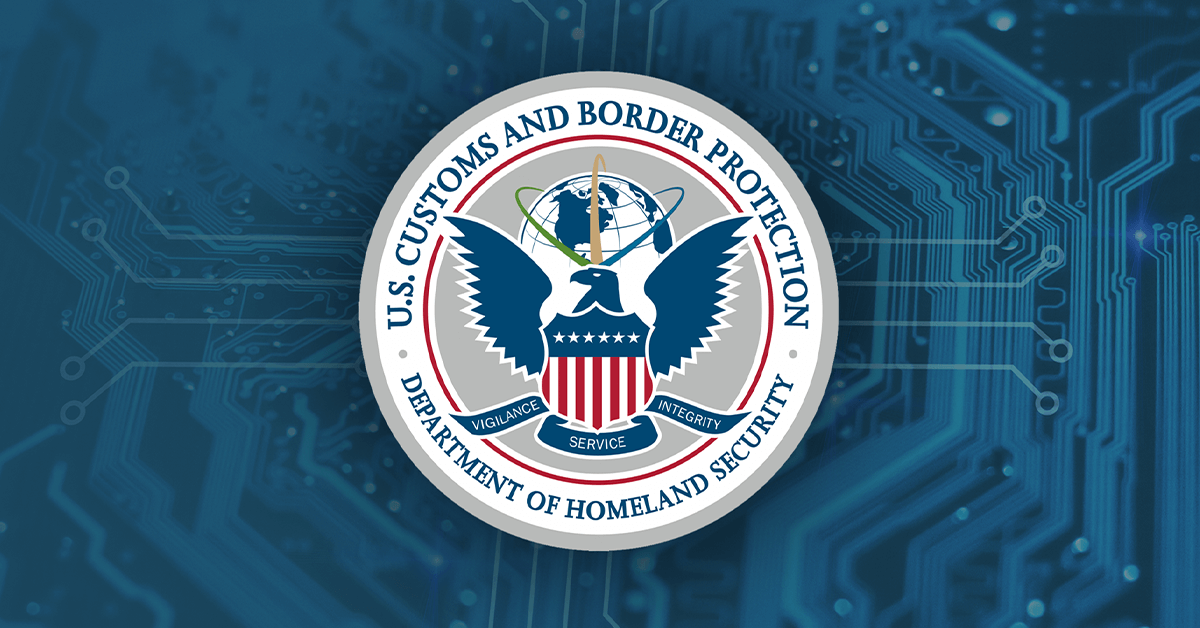Artificial intelligence is taking the federal government by storm. This rapidly advancing technology has shown immense potential for a wide range of Department of Homeland Security missions, one of which is securing the border.

Get an exclusive look into key DHS initiatives at the Potomac Officers Club’s 2024 Homeland Security Summit, where government and industry experts will come together to consider today’s homeland security landscape and discuss the technologies influencing DHS’ future. Hear what these leaders have to say at the 2024 Homeland Security Summit.
Customs and Border Protection, the top federal agency responsible for border security, has made strides in its adoption of AI and is evaluating its future in a variety of use cases. Keep reading to discover three key areas in which CBP is looking to implement AI.
Identity Verification
CBP uses biometrics — physical characteristics unique to individuals such as fingerprints or irises — to identify and track individuals entering the United States at all points of entry, from airports to land border checkpoints. Since its adoption of biometric scanning tools, the agency has processed over 540 million travelers and prevented over 2,000 imposters from entering the country.
As it continues to pursue cutting-edge technologies, CBP is looking to integrate AI and machine learning into its biometric processing capabilities to accelerate the detection of inconsistencies and improve decision making, GovCIO reported.
Diane Sabatino, acting executive assistant commissioner of field operations at CPB, emphasized that frontline personnel “are always the final decision-makers in the process,” even as AI is implemented.
Drug Detection
In recent years, CBP has heightened its focus on fentanyl, which according to Troy Miller, senior official performing the futures of the commissioner for CBP, came onto the agency’s radar as early as 2013. At the time, he said, CBP did not have the resources it needed to identify and handle this drug.
Since then, the agency has brought in new technologies, including non-intrusive inspection tools, able to detect narcotics at border checkpoints. Now, AI and ML have “caught up to that technology,” Miller said.
“So, we’re starting to implement artificial intelligence and machine learning across the southwest border, which is going to allow that machine to get that information to our officers and agents quickly so they can make that decision,” he noted.
IT Optimization
CBP is also looking at AI as a way to enhance its IT systems and leverage the vast amounts of data available today. In August, the agency released a new IT strategy covering fiscal years 2024-2028, part of which is focused on “CBP’s evolution into a more data-driven organization that rapidly accelerates the operational use of AI across the entire agency, achieving real mission outcomes guided by responsible AI principles.”
AI is most notably a part of developing “mission-aligned” applications, which the strategy describes as more reliable and scalable applications that can be used across a wide range of CBP use cases rather than for specific projects.
Learn more about DHS border security initiatives at the 2024 Homeland Security Summit, where you will hear top homeland security experts weigh in on today’s most important homeland security priorities. Secure your spot at the 2024 Homeland Security Summit to unlock the insights these leaders have to offer.



